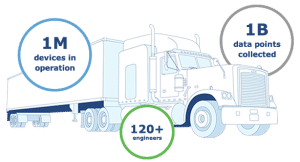The implementation of the Electronic Logging Device (ELD) Mandate has brought significant changes to the trucking industry. This article explores the impacts of the ELD Mandate, focusing on its implementation in the United States. Additionally, it compares the ELD regulations between the United States and Canada, highlighting differences in hours of service (HOS) regulations, technical specifications, device certification, and data transfer requirements.
Furthermore, it delves into the compliance and enforcement procedures established by the Federal Motor Carrier Safety Administration (FMCSA) in the United States, along with the penalties for non-compliance.
Overview of the ELD Mandate Rollout in the United States:
The ELD Mandate, introduced by the FMCSA, requires commercial motor vehicle operators to use electronic logging devices to track and record their hours of service. This section provides an overview of the ELD Mandate’s implementation process, including key milestones and the timeline for compliance.
Comparison of Canadian and American ELD Mandate Regulations:
While the United States and Canada share similarities in their trucking industries, there are notable differences in their ELD regulations. This section explores the variations between the two countries, focusing on HOS regulations, technical specifications, device certification, and data transfer and storage requirements. By understanding these distinctions, trucking companies can navigate cross-border operations more effectively.
Differences in Hours of Service (HOS) Regulations:
The ELD Mandate has specific rules regarding drivers’ working hours and rest periods. This subsection highlights the differences in HOS regulations between the United States and Canada, such as maximum driving hours, mandatory break periods, and off-duty requirements.
Variations in Technical Specifications and Device Certification:
ELDs need to meet certain technical specifications and be certified for compliance. This subsection examines the divergences in technical requirements and certification processes for ELDs in the United States and Canada, considering factors like data accuracy, synchronization, and device compatibility.
Distinct Data Transfer and Storage Requirements:
The transfer and storage of electronic logs are crucial aspects of the ELD Mandate. This subsection explores the contrasting data transfer methods and storage requirements in the United States and Canada. It discusses the accepted formats for data transfer, retention periods, and accessibility for authorized personnel.
ELD Mandate Compliance and Enforcement Procedures in the United States:
Ensuring compliance with the ELD Mandate is essential for trucking companies operating in the United States. This section outlines the guidelines established by the FMCSA to ensure adherence to ELD regulations and mitigate non-compliance risks.
Federal Motor Carrier Safety Administration (FMCSA) Guidelines:
The FMCSA has provided guidelines and resources to assist motor carriers and drivers in complying with the ELD Mandate. This subsection highlights the key guidelines and recommendations, including the proper use of ELDs, training requirements, and recordkeeping obligations.
ELD Mandate Penalties for Non-compliance:
Non-compliance with the ELD Mandate can result in penalties and sanctions. This subsection explores the potential consequences of non-compliance, such as fines, out-of-service orders, and negative safety ratings. It also discusses strategies to avoid penalties and maintain compliance.
The ELD Mandate has significantly impacted the trucking industry, particularly in the United States. By understanding the ELD regulations, differences between the United States and Canada, and compliance and enforcement procedures, trucking companies can adapt to the changes effectively, ensure regulatory compliance, and optimize their operations in an increasingly digitized environment.
Exemptions, Benefits, and Impacts on the Trucking Industry
The ELD Mandate has reshaped the trucking industry by introducing electronic logging devices (ELDs) to track and record hours of service (HOS). This article explores two key aspects of the ELD Mandate: exemptions and exceptions to the mandate, and the benefits it brings to the industry. Additionally, it examines the profound impacts of the ELD Mandate, ranging from improved road safety and enhanced driver health to streamlined operations and increased productivity.
I. Exemptions and Exceptions to the Mandate:
While the ELD Mandate applies to most commercial motor vehicle operators, there are specific exemptions and exceptions that warrant consideration. This section delves into the various categories of exemptions and exceptions, providing insights into situations where certain vehicles or drivers may be exempt from using ELDs.
A. Exemptions:
- Short-haul Exemption: This subsection explores the exemption for drivers operating within a 150 air-mile radius and who meet specific criteria regarding duration and frequency of their operations.
- Driveaway-Towaway Exemption: This subsection explains the exemption for drivers involved in the transport of vehicles where the truck being driven is the commodity being delivered.
- Pre-2000 Model Year Exemption: This subsection discusses the exemption for commercial motor vehicles with engine model years predating 2000.
B. Exceptions:
- Personal Conveyance Exception: This subsection delves into the personal conveyance exception, which allows drivers to operate their commercial vehicles for personal purposes without it counting against their HOS limits.
- Yard Move Exception: This subsection explores the yard move exception, which permits drivers to move their vehicles on private property for short distances without switching to on-duty status.
II. Benefits of the ELD Mandate:
The ELD Mandate brings forth a range of benefits for the trucking industry, positively impacting various aspects. This section highlights the advantages that arise from the implementation of ELDs.
A. Improved Road Safety and Reduced Accidents:
By accurately tracking and monitoring HOS, ELDs contribute to enhanced road safety. This subsection explores how ELDs help prevent driver fatigue, reduce instances of HOS violations, and improve compliance with road safety regulations.
B. Enhanced Driver Health and Well-being:
ELDs play a crucial role in promoting the health and well-being of drivers. This subsection discusses how ELDs contribute to better work-life balance, more predictable schedules, reduced stress, and improved overall driver health.
C. Streamlined Operations and Increased Productivity:
The implementation of ELDs leads to streamlined operations and increased productivity for trucking companies. This subsection explores how ELDs facilitate efficient dispatching, accurate tracking of vehicle locations, automated recordkeeping, and improved communication between drivers and fleet managers.
The ELD Mandate has transformed the trucking industry, bringing exemptions and exceptions to accommodate specific scenarios. Additionally, it offers numerous benefits, including improved road safety, enhanced driver health and well-being, and streamlined operations leading to increased productivity. By understanding these exemptions, exceptions, and benefits, trucking companies can navigate the ELD Mandate effectively, capitalize on its advantages, and foster a safer and more efficient industry landscape.
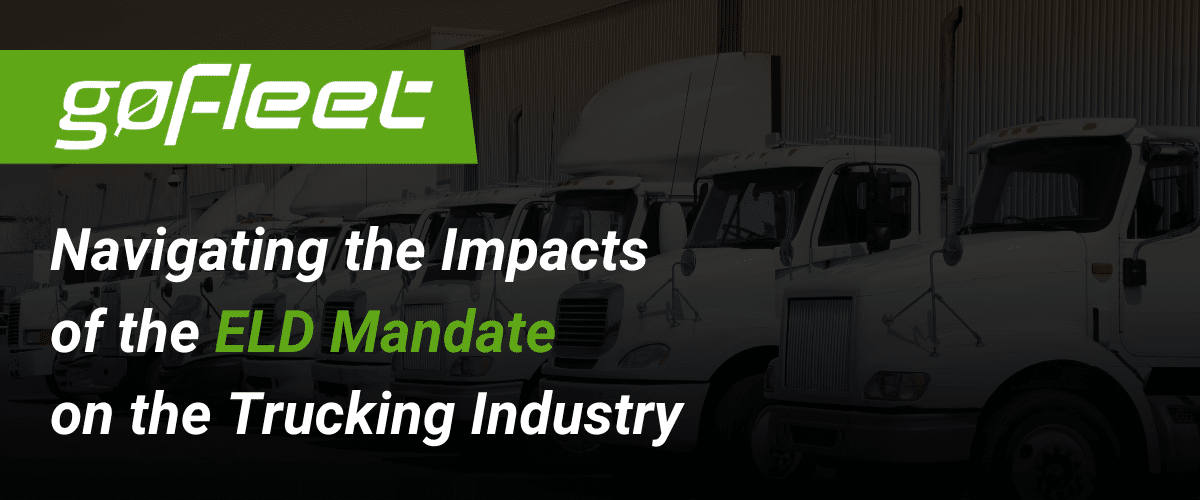
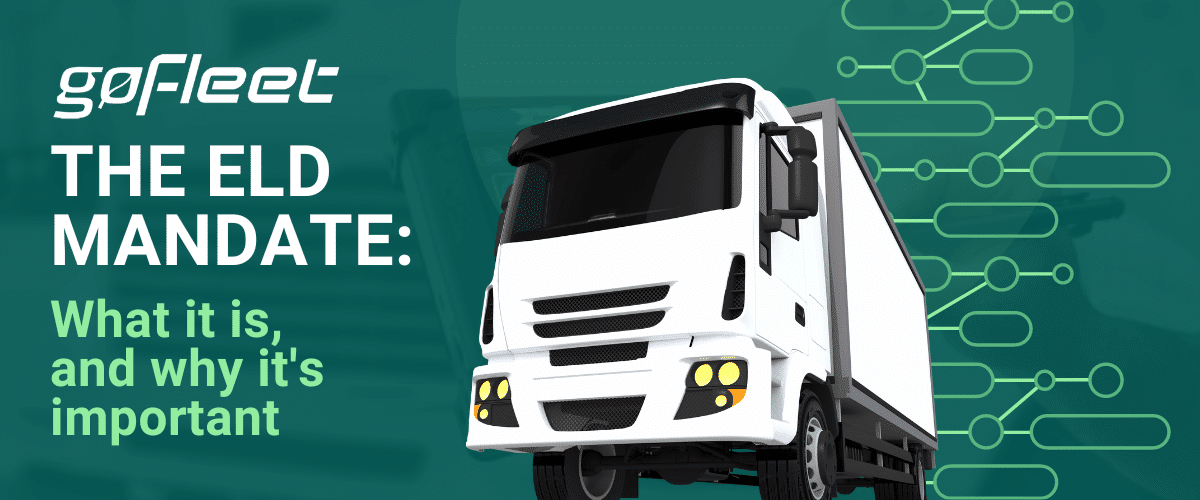
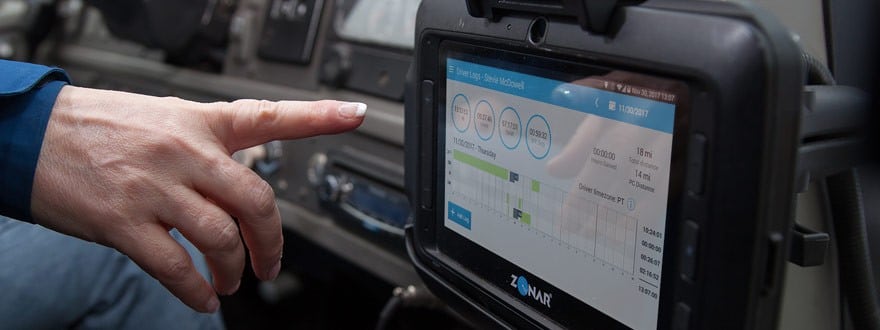

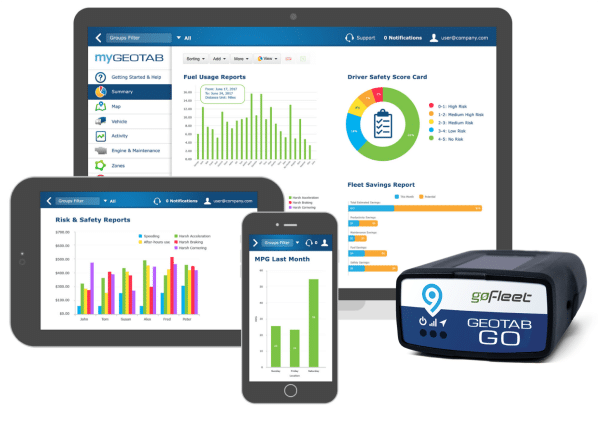





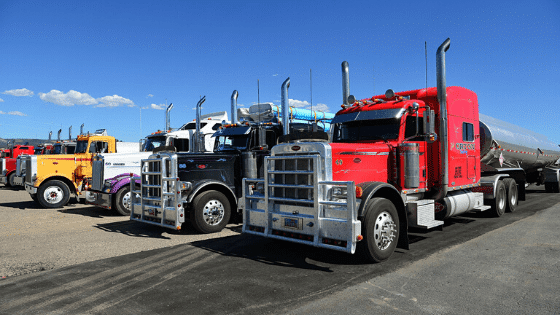


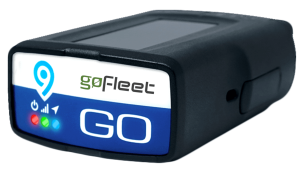 If a device is too complex or difficult to understand, you may find that it’s not the right fit for your team. As you need to ensure that your entire team, especially your drivers, will understand how to use it – you need to be confident in the capabilities of the device. Ensuring the device is user-friendly, easy to setup and requires minimum upkeep are only a few things to keep in mind.
If a device is too complex or difficult to understand, you may find that it’s not the right fit for your team. As you need to ensure that your entire team, especially your drivers, will understand how to use it – you need to be confident in the capabilities of the device. Ensuring the device is user-friendly, easy to setup and requires minimum upkeep are only a few things to keep in mind. 